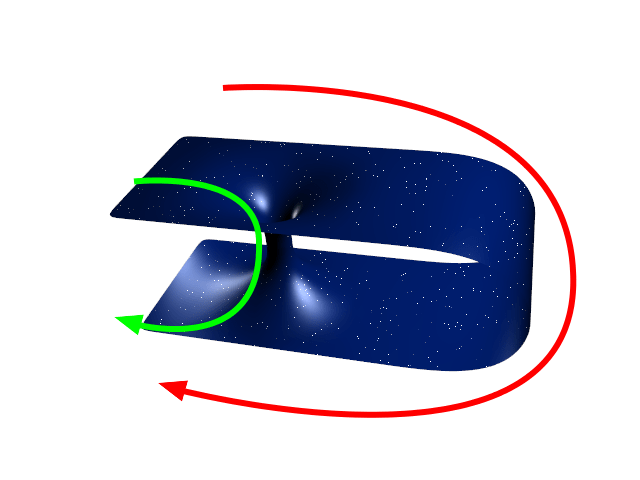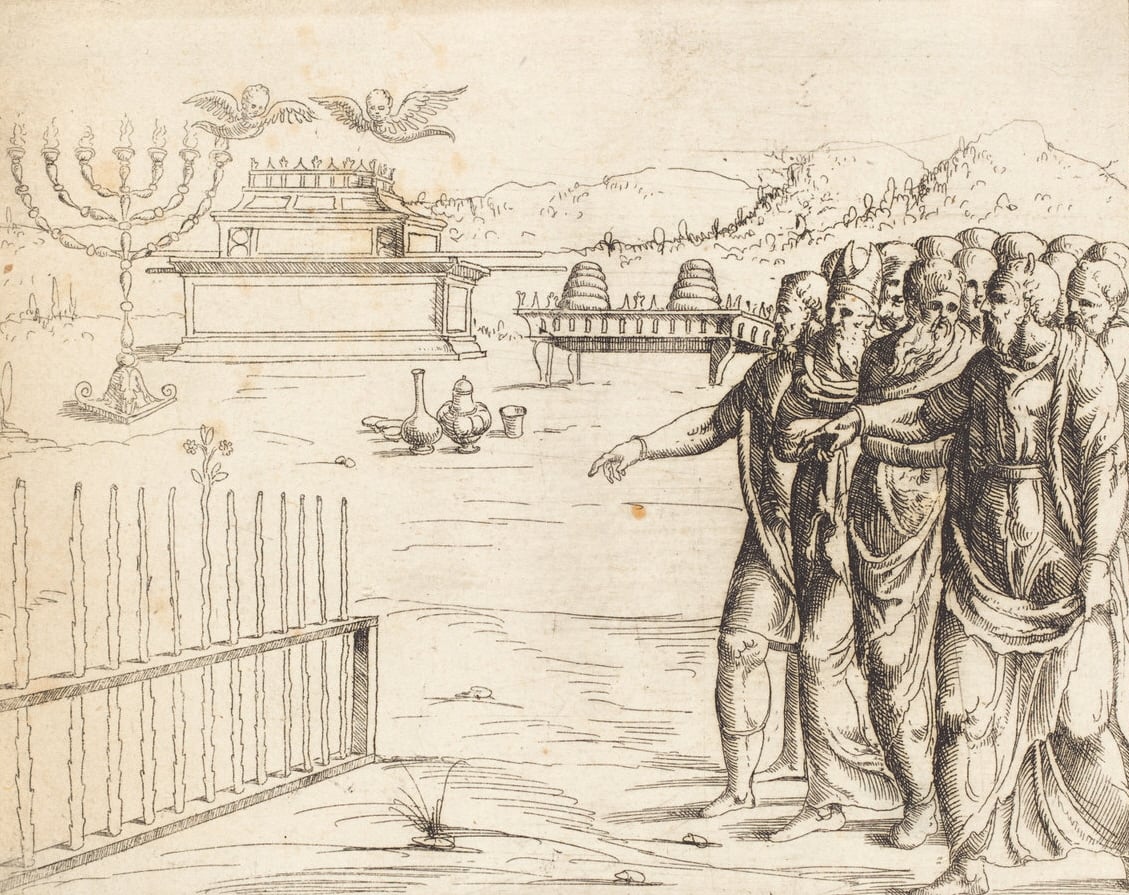And it came to pass on the morrow, that Moses went into the tent of the testimony; and, behold, the rod of Aaron for the house of Levi was budded, and put forth buds, and bloomed blossoms, and bore ripe almonds. (Bamidbar 17:23)
In the Torah portion we read last Shabbat, G‑d instructs Moses to
Speak to the children of Israel and take of them rods, one for each fathers’ house… thou shalt write every man’s name upon his rod.” (Bamidbar 17:17)
As we read in verse 23, the next morning, Aaron’s rod (i.e., staff) bore ripe almonds. Rabbi Schneur Zalman of Liadi asks the question, why almonds?[1] If the staff of Aaron had blossomed with any flowers or fruits, that would have been enough to miraculously demonstrate to the children of Israel that Aaron alone was chosen as the High Priest (Kahen Gadol) to minister to G‑d in the Tabernacle. What is the significance of almonds?
Our sages teach us,“What is the distinctive feature of this almond? From the time it sprouts to the time it ripens is 21 days.” (Koheles Rabba, 115b) Almonds ripen very fast. This fact is reflected by the Hebrew word for “almond,” shaked, which means speed, as it is written,
And the word of the Eternal came to me, saying, ‘Jeremiah, what seest thou?’ and I said, ‘I see a rod of an almond-tree.’ Then said the Eternal unto me, ‘Thou hast well seen; for I hasten (shoked) My word to perform it.’” (Jeremiah 1:11-12)
Sheked (“almonds”) and shoked (“hasten”) have the same letters and differ only by one wovel, which is not written in Hebrew. It is, therefore, the same word. Thus, Rabbi Schneur Zalman explains that almonds represent swiftness with which priests (kohanim) are able to draw down G‑d’s blessings into this world.
Every blessing is a manifestation of the sefirah of Chesed (the Divine attribute of love-kindness) of Atzilut (the “World of Emanation”—the first world in the ontological order of Creation) drawn down into this world. However, traveling from Atzilut to our world of Asiyah, the portion of Chesed allotted to us must go through many stages. At each stage, the blessing is held back by multiple tzimtzumin (“constrictions” or “concealments”) and “curtains” separating different worlds. Furtheremore, the intended recipient of the Divine attribute of Chesed is judged whether or not he or she deserves to receive that blessing. If the judgment is favorable, the allotted quantum of Chesed is allowed to proceed further to the next “station,” where the intended recipient is judged again. If the person is found not worthy of the blessing, it stays in the spiritual world, to be enjoyed by that person in the world-to-come.
There is a shortcut, however. When a kohen (priest) recites the Priestly Blessing, he draws down the blessing from the sublime level called Rav Chesed (“Great Kindness”), which is the Chesed of Arich Anpin,[2] immediately, bypassing all intermediate stages and judgments.[3]
This reminds me of the Einstein-Rosen Bridge, also known as a “wormhole.” A wormhole is a geometrical (or to be more precise, topological) structure connecting separate points in space (or spacetime) as a tunnel with two ends at distinct areas of the space (or spacetime). A wormhole can be visualized as a tunnel with two ends at separate points in spacetime.

Wormhole Visualization in 2D By Panzi[4]
Luckily, there is a wormhole connecting the sublime level of Chesed of Arich Anpin (Rav Chesed) with the world of Asiyah—the world we live in. The keys to this wormhole were given to kohanim (priests). These keys are the priestly blessing. If you want your blessing quickly, you need to connect to the source of blessings in Rav Chesed through the wormhole opened by the priestly blessing:
[May] the Eternal bless thee, and guard thee;
[May] the Eternal make His face shine upon thee, and be gracious unto thee;
[May] the Eternal lift up His countenance upon thee, and give thee peace!
(Numbers 6:24-26)
Endnotes:
[1] See Likkutei Torah, Parshat Korach.
[2] Arich Anpin is a partzuf (Divine visage, face, or personae, which is a dynamic configuration of sefirot in the Universe of Tikun) associated with the external aspect of the sefirah of Keter.
[3] A cohen-priest cannot create a new blessing. Whatever is allotted to a person on Rosh HaShanah is all that is available to draw from. However, the cohen-priest can speed-up the process of drawing the available blessing down into this world. A Tzadik, on the other hand, can pray on behalf of a person and obtain a totally new allotment of chesed, a new blessing that wasn’t given to that person on Rosh HaShanah.
[4] English Wikipedia, CC BY-SA 3.0, https://commons.wikimedia.org/w/index.php?curid=245478.


Leave A Comment